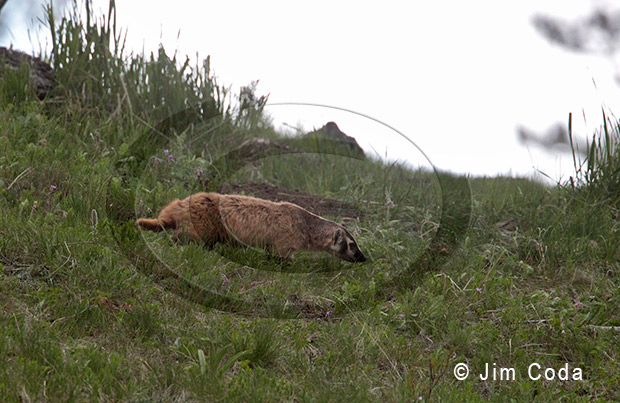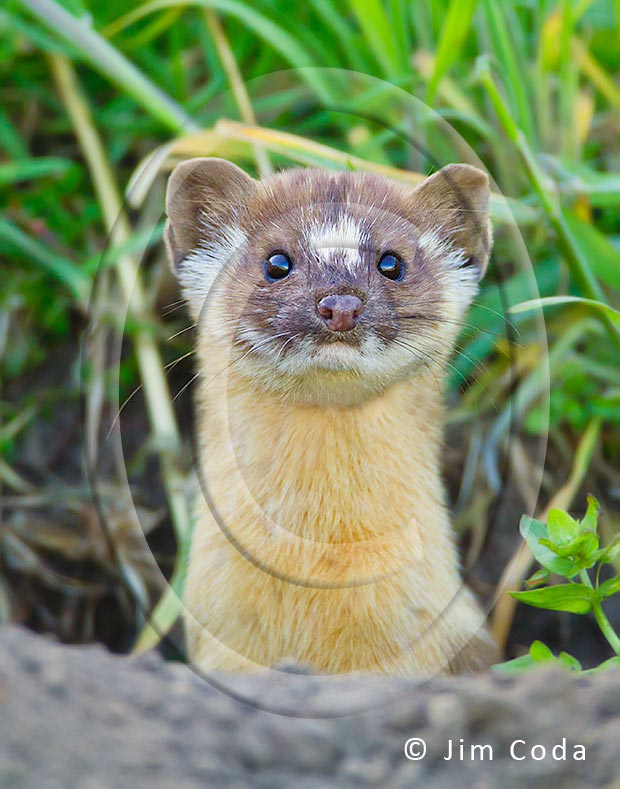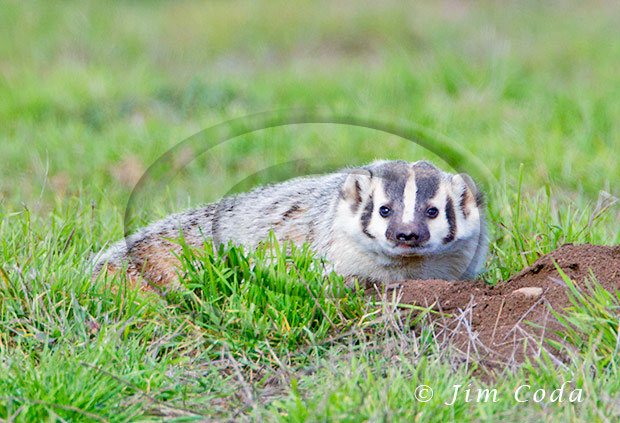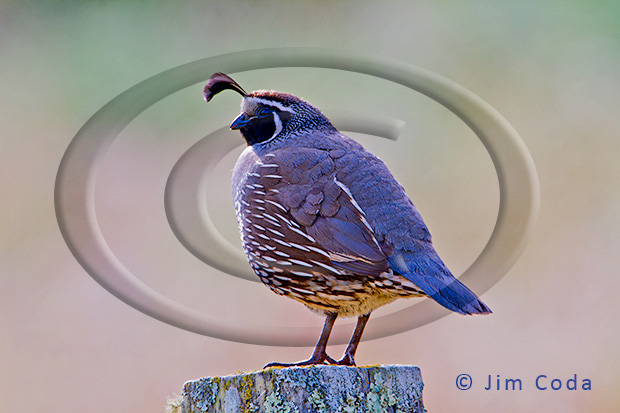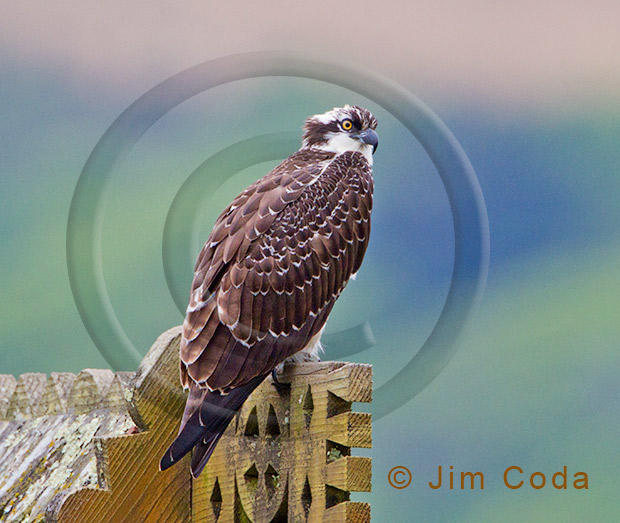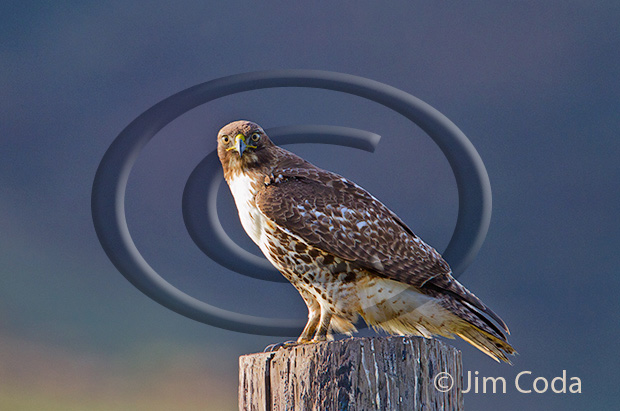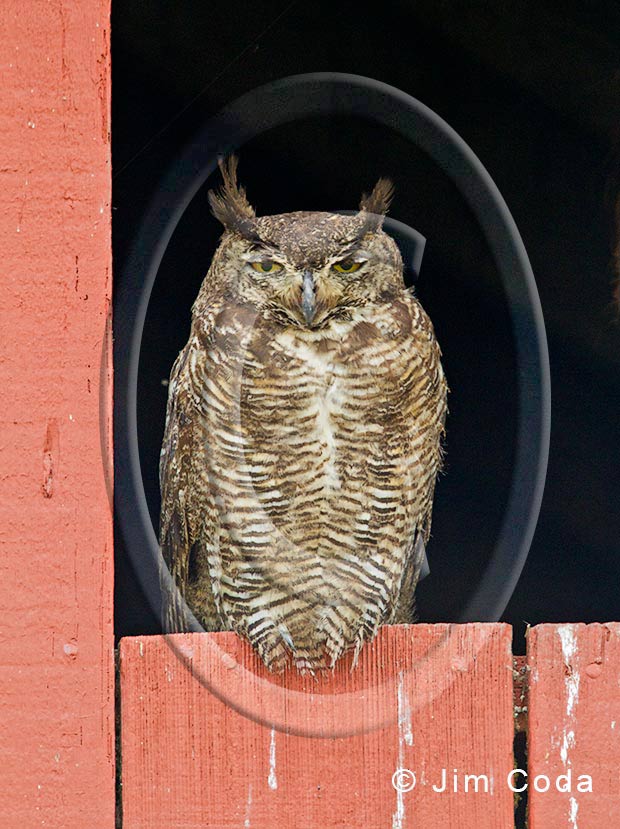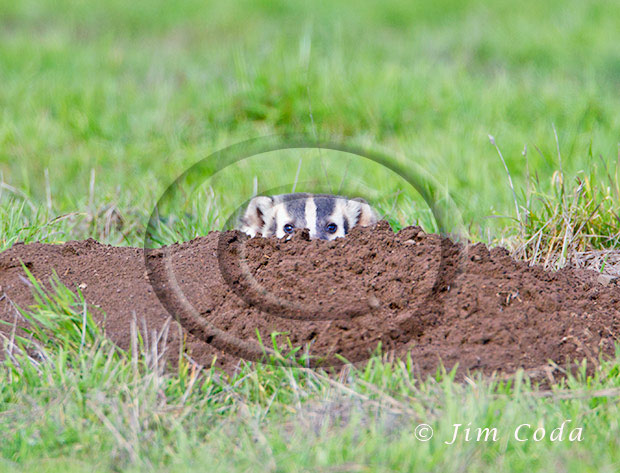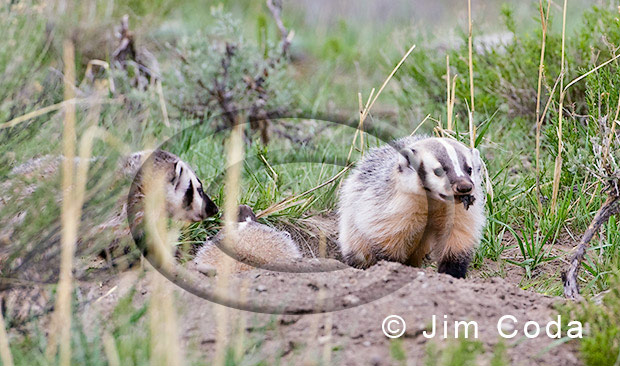American Badger, Yellowstone National Park

This is a mother badger tending to her den entrance. She had one baby which was underground at this time. It was about half her size. Interestingly, the young one was much a much lighter color than her. It reminded me of the blonde colored badger at the Yellowstone Picnic Area that killed and ate the red fox kits. I wrote about that here. This den wasn’t far from the picnic area. I’m guessing that guy fathered her little one.

